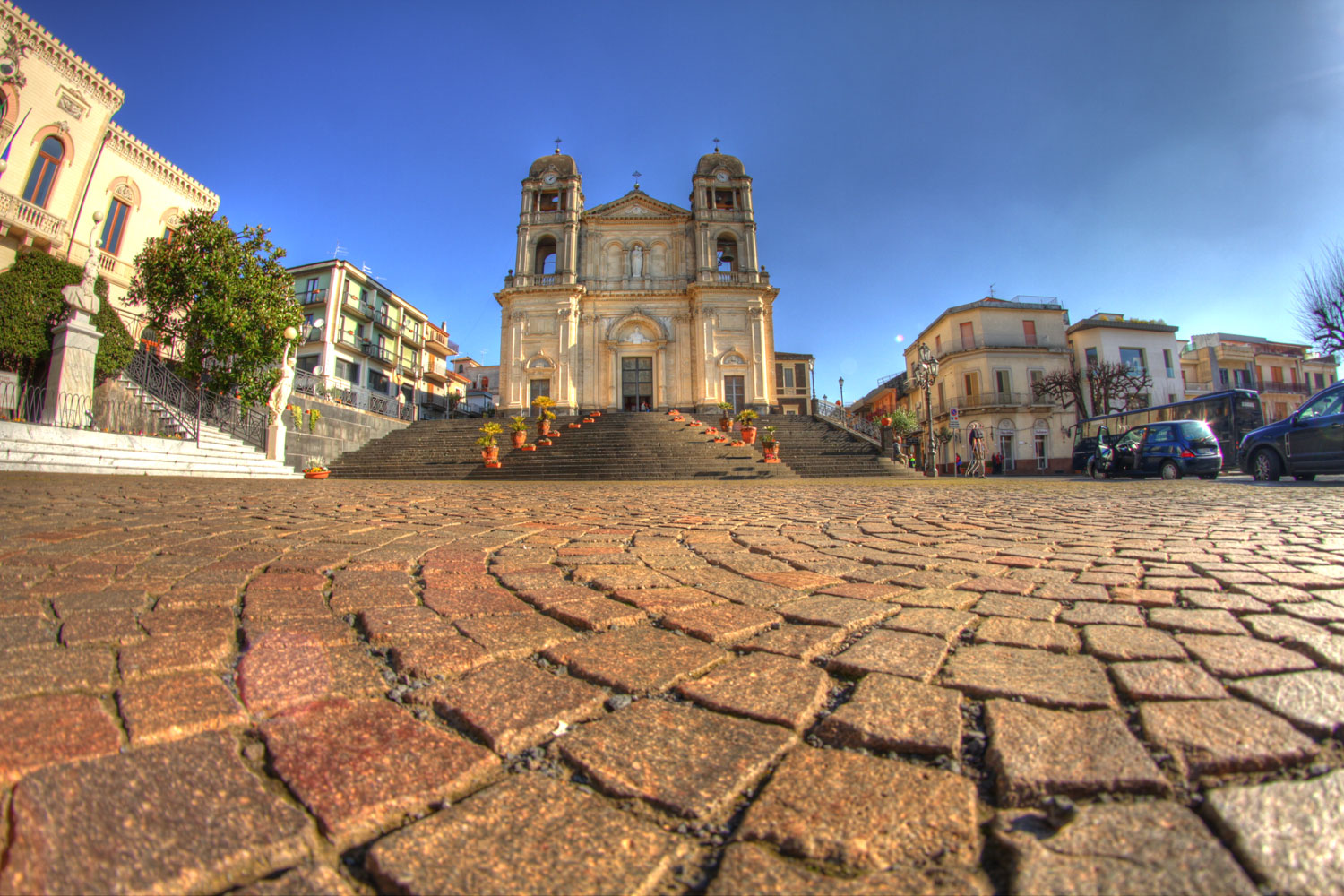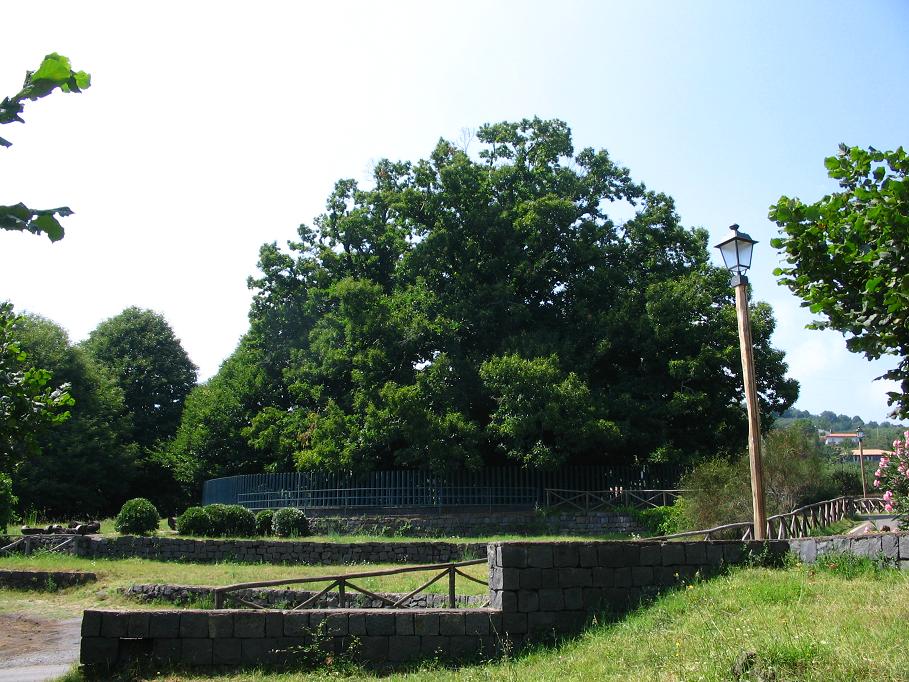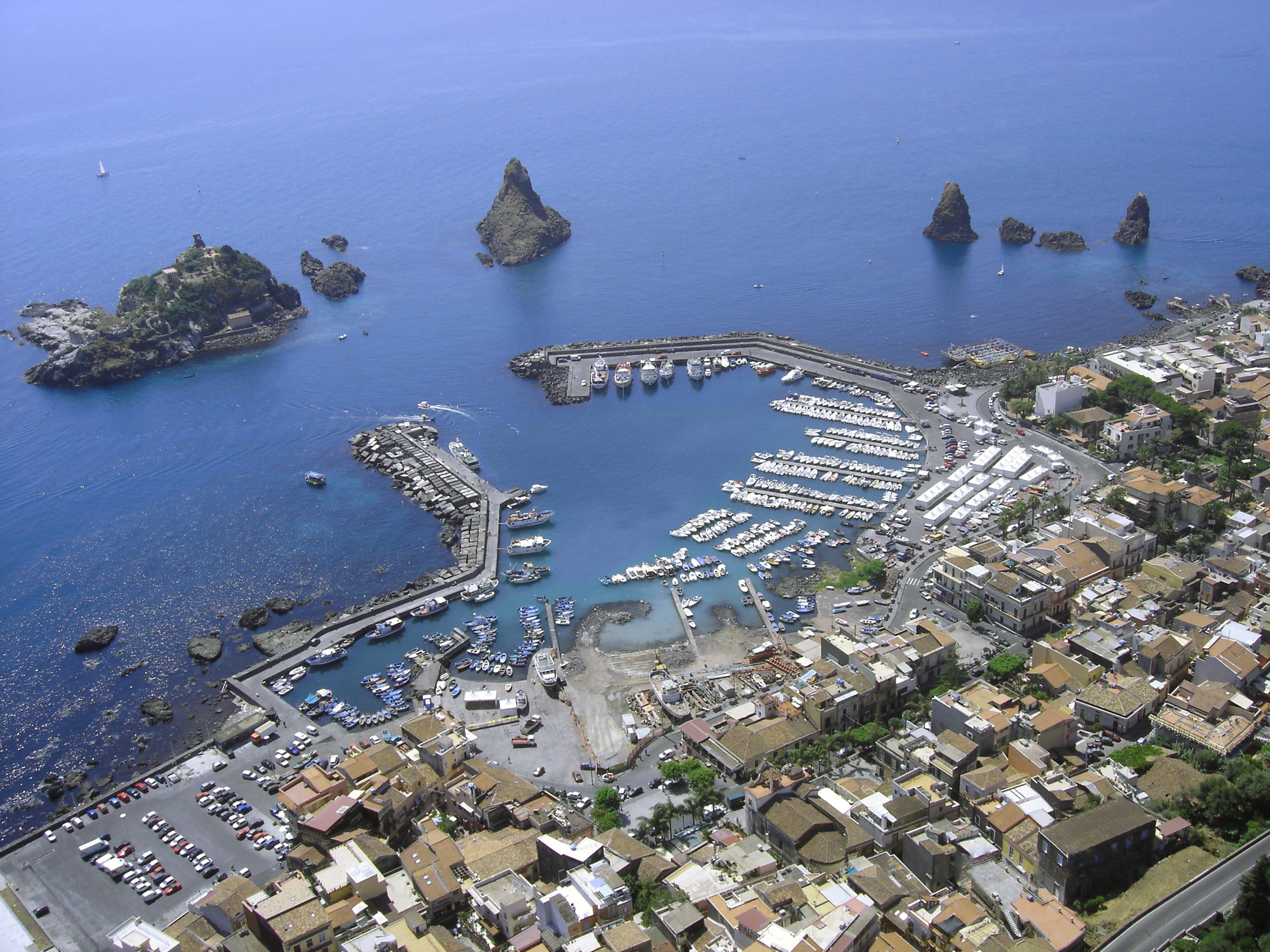Zafferana Etnea rises to 574 m, on the eastern slopes of Etna, the largest active volcano in Europe. It extends to the summit peak of the volcano, including in its territory landscapes of inestimable naturalistic beauty, from dense forests to stretches of lava desert.
It is one of the municipalities of the Regional Park of Etna and its territory includes the three great valleys that according to accredited hypotheses represent the testimony of the sequence of the genesis of the volcano: Valle del Bove, Val Calanna and Valle San Giacomo.
The village is located in a valley, at the foot of the Pomiciaro mountains (1715 m), Zoccolaro (1739 m) and Fior di Cosimo (1178 m), arranged in length parallel to the Ionian Coast.
Located in a pleasant position for lovers of tranquillity and nature, it is located halfway between the sea and the mountains.
Zafferana is one of the access points to the volcano, thanks to the Etna provincial road that connects it to the tourist resort of Rifugio Sapienza (Nicolosi) on one side, and to that of Piano Provenzana (Linguaglossa) on the other.










